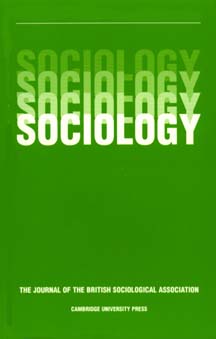THE SOCIOLOGY OF ISLAMIC SOCIAL STRUCTURES
Published online by Cambridge University Press: 05 April 2001
Abstract
Nadia Abu-Zahra, The Pure and the Powerful: Studies in Contemporary Muslim Society. Reading: Ithaca Press, 1997, £35.00, xx+1320 pp. (ISBN: 0-86372-179-6).
Akbar S. Ahmed, Jinnah, Pakistan and Islamic Identity: The Search for Saladin. London: Routledge, 1997, £12.99 paperback, xxix+1274 pp. (ISBN: 0-415-14966-5).
Louise Marlow, Hierarchy and Egalitarianism in Islamic Thought. ‘Cambridge Studies in Islamic Civilization’, Cambridge: Cambridge University Press, 1997, £30.00, xv+1198 pp. (ISBN: 0-521-564301).
Sociological understanding of the contours and dynamic of Islamic social structures has in the second half of the twentieth century been significantly influenced, at least in the Anglo-Saxon academic world, by the political anthropology of the late Ernest Gellner. This intellectual influence was often covert and grudging, but nevertheless real and widespread. Building on his fieldwork in the Atlas Mountains of Morocco, his central ideas were ‘plainly stolen’ (Gellner 1981, p. vii) from Ibn Khaldun, David Hume, Robert Montagne and Edward Evans-Pritchard. On the basis of these stolen notions he created a brilliant, if frequently flawed, view of Islamic structures in Saints of the Atlas (1969), Muslim Society (1981), and Postmodernism, Reason and Religion (1992).
- Type
- REVIEW ESSAY
- Information
- Copyright
- 1999 BSA Publications Ltd
- 1
- Cited by




